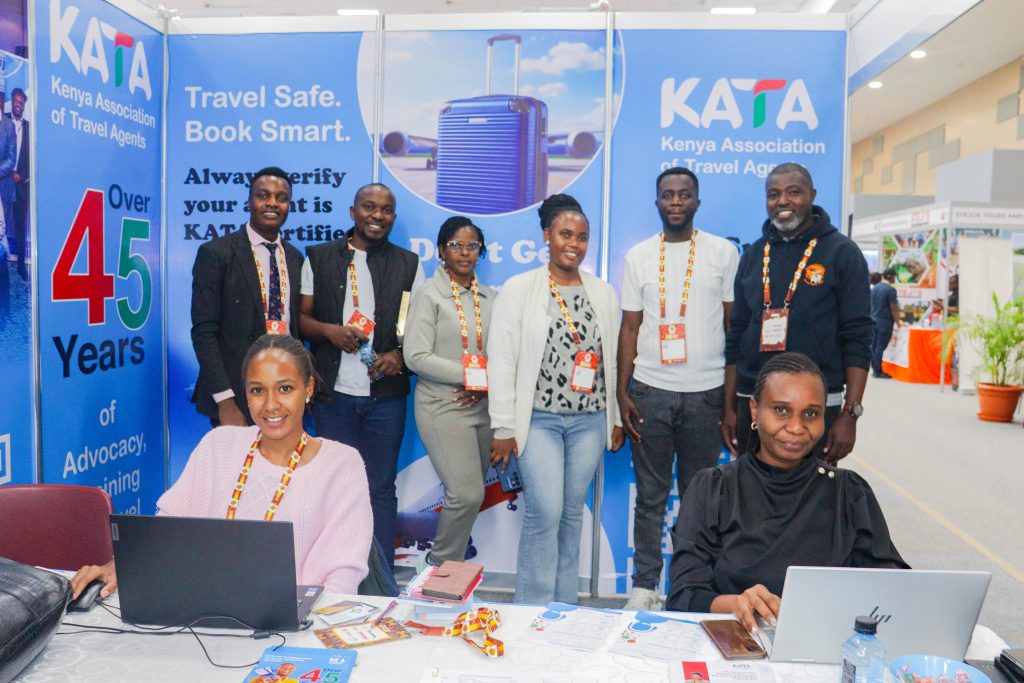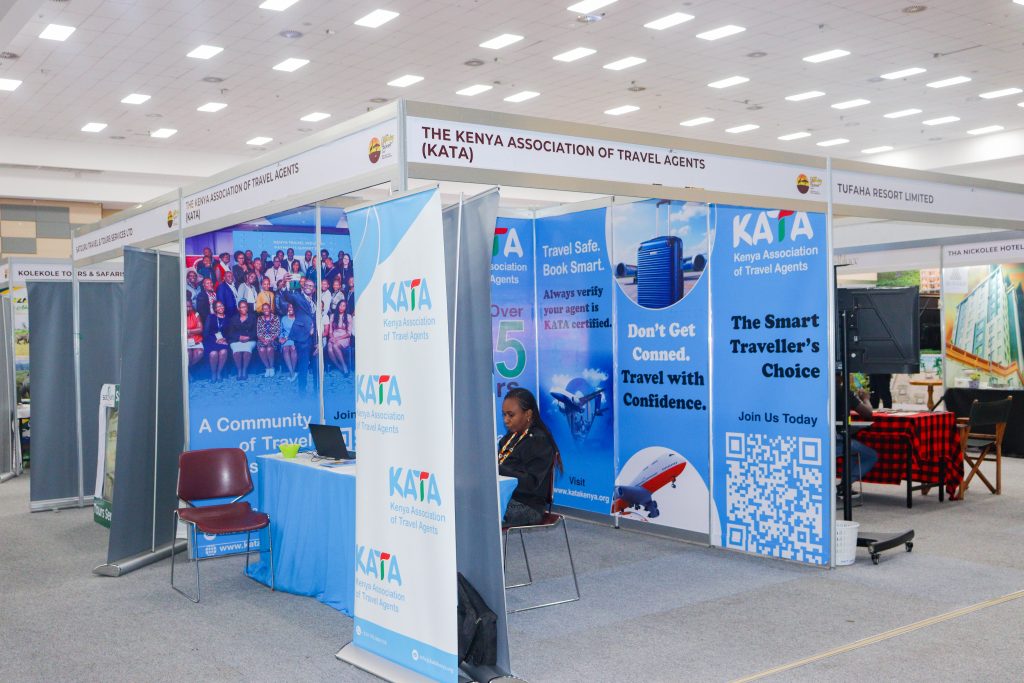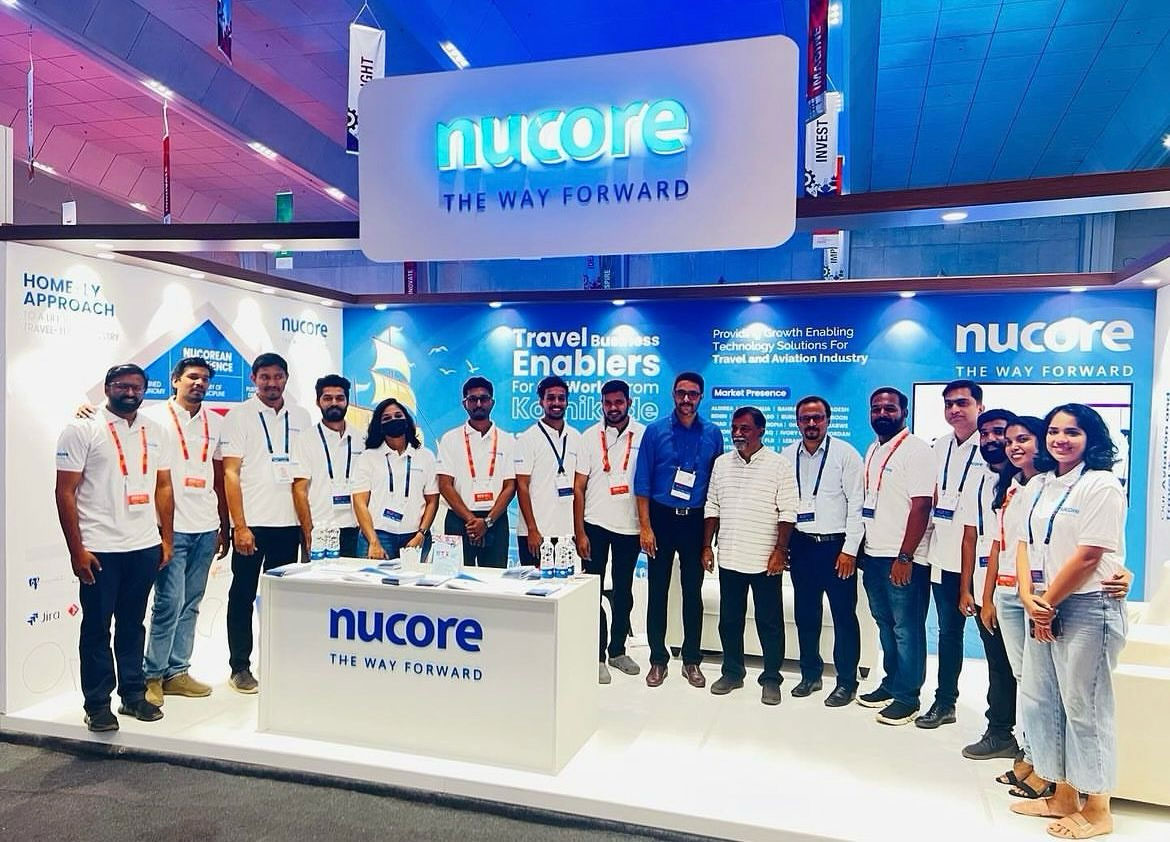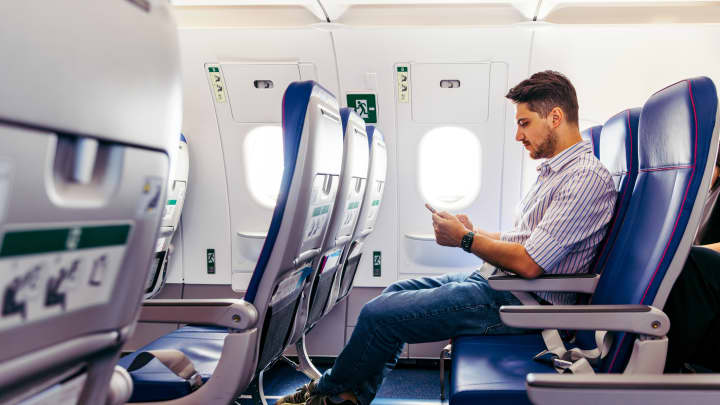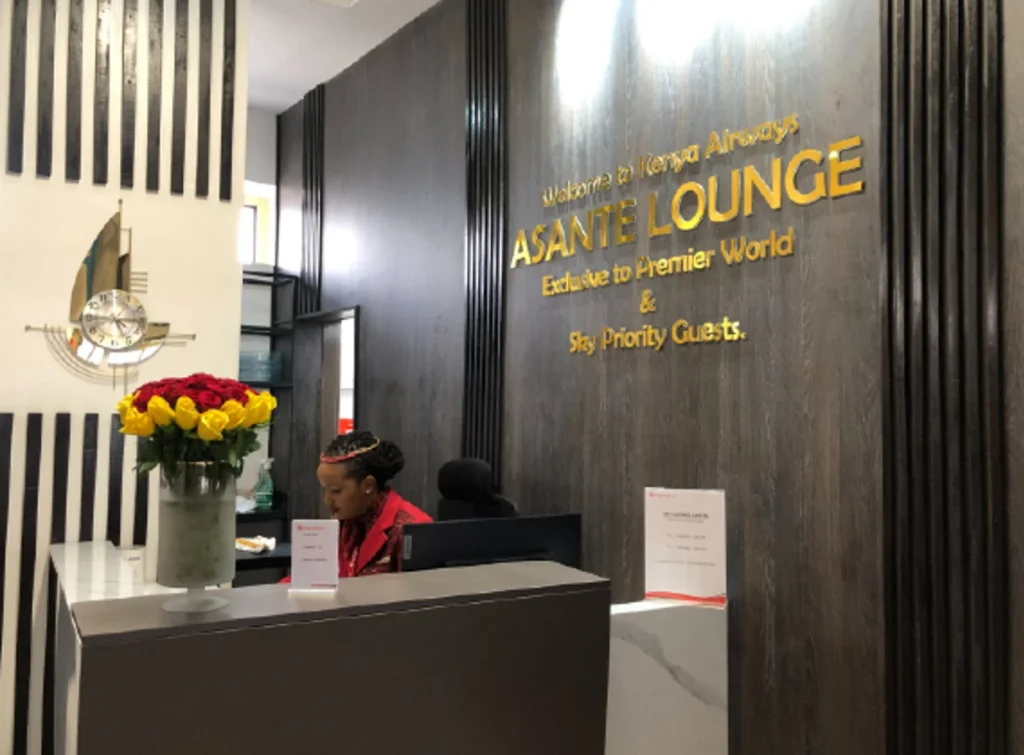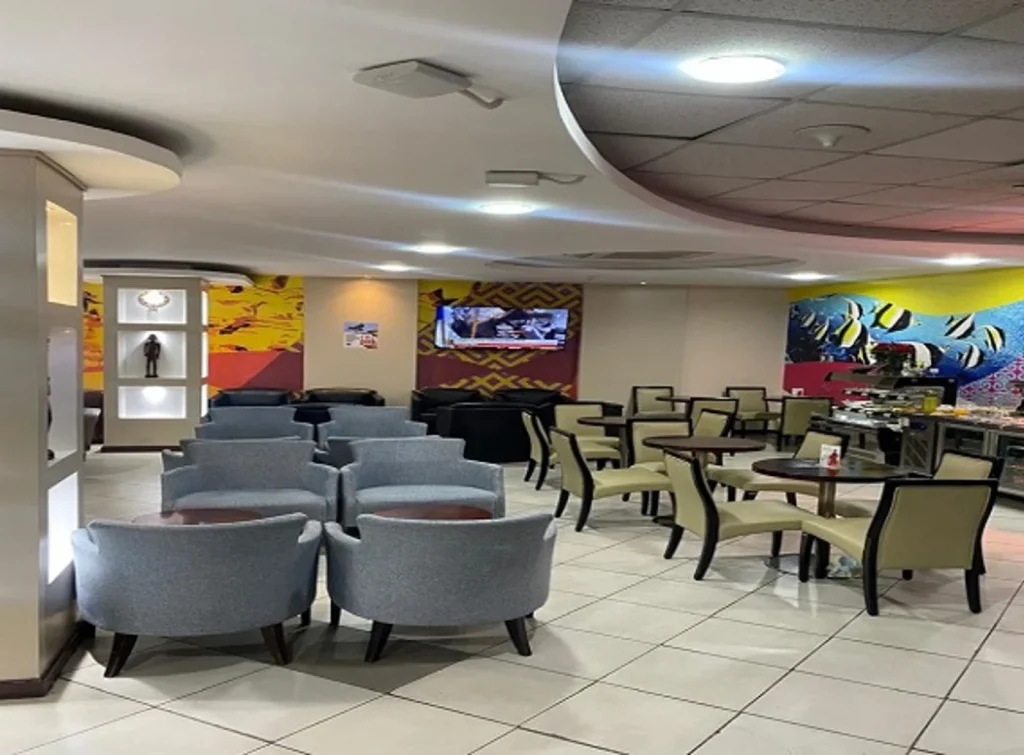The enticing fragrance of grilled spices and local flavors is transforming Africa’s travel and trade landscape. Africa’s rapidly growing food festivals are showcasing the continent’s cuisine and culture as drivers of economic growth. African nations, from Ghana and Kenya to Morocco and Egypt, are using the culinary arts to enhance gastronomy tourism, attract investment, and express their culture to the world.
Gastronomy tourism is now regarded by stakeholders and policymakers as a legitimate form culinary diplomacy to develop Africa. This unique tourism style combines trade, tradition, and innovation to facilitate development across the continent.
Ghana Leads with AfroGastro Festival
In Accra, Ghana’s first government-backed AfroGastro Festival in October 2025 turned dining into a multisensory celebration. The festival, organised under the Ministry of Tourism, Culture and Creative Arts, drew chefs from twelve African and diaspora nations. Visitors enjoyed modern takes on traditional dishes like jollof rice, fufu, and suya, while live music and dance performances transformed the venue into a cultural stage.
Pop-up kitchens showcased Africa’s culinary diversity — from North African spice markets to West African stews and Southern African grills. The event highlighted Ghana’s growing investment in food-based tourism and its recognition of gastronomy as a strategic export sector.
The ministry described the initiative as part of a national plan to promote “culinary diplomacy,” treating cuisine as a bridge between nations and a tool for strengthening economic partnerships.
Nigeria’s Food Festivals Turn Taste into Tourism
Nigeria’s tourism industry has embraced food as a gateway to cultural experience. The Naija Food Festival and the African Food & Drinks Festival have become annual highlights that attract both local and international visitors.
The Naija Food Festival, held in Lagos in October 2025, featured chefs, producers, and food brands showcasing the diversity of Nigerian cuisine — from smoky jollof and spicy pepper soup to creative fusions that blend indigenous ingredients with global techniques. Organisers reported record attendance, noting that food tourism is helping drive domestic travel and local entrepreneurship.
A week later, the African Food & Drinks Festival, also in Lagos, marked its fifth year with over 30,000 attendees and dozens of culinary exhibitors. The event is set to expand to Abuja in mid-November, reinforcing Nigeria’s position as one of Africa’s leading culinary tourism destinations.
Kenya’s Street Food Scene Draws Global Attention
In East Africa, Kenya is using its thriving street food culture to attract urban tourists and international visitors. The Nairobi Street Food Festival, returning for its sixth edition this November,celebrates the city’s vibrant informal dining scene — from chapati and ugali to nyama choma and coastal seafood.
Held at the ASK Arena, the festival transforms local street fare into a platform for creative enterprise. Visitors can sample foods from across the country while enjoying live performances, artisanal coffee tastings, and craft markets. The event also encourages sustainable tourism by spotlighting small food vendors and promoting urban culinary heritage.
Egypt’s Festivals Blend Food, Art, and Heritage
Further north, Egypt continues to solidify its role as a regional hub for culinary and cultural tourism. Cairo Food Week, held from September 25 to October 2, turned the Egyptian capital into a citywide dining showcase. The festival featured collaborations between world-class chefs and rising Egyptian talents, with events staged at landmarks like the Grand Egyptian Museum. Its centrepiece, “The King’s Feast,” combined food, performance, and history in a theatrical dining experience.
Shortly after, Cairo Bites brought a more casual, family-friendly vibe to the Open Air Mall in Madinaty. With more than 30,000 visitors and 100 food brands, the event blended live music, cooking demos, and interactive food “passport” challenges, reinforcing Cairo’s reputation as a gastronomic hotspot that appeals to diverse audiences.
Morocco Blends Trade and Tourism
In North Africa, Morocco continues to integrate gastronomy with commerce. The Africa Food Show Morocco 2025, scheduled for November 19–21 in Casablanca, will connect hundreds of exhibitors from across Africa and Europe.
Part of a broader pan-African series that includes Kenya and Côte d’Ivoire, the trade fair links food producers, buyers, and investors across the value chain — from farming technology to packaging and export logistics. Organisers describe it as “a hub where business meets culture,” reflecting Morocco’s ambition to position itself as a centre for agri-food innovation and sustainable trade.
Building a Pan-African Gastronomy Movement
Across the continent, gastronomy is being redefined as both cultural capital and an economic opportunity. Educational institutions and tourism boards are investing in training programs, food entrepreneurship, and culinary innovation. The goal is to build local value chains that empower farmers, women, and youth while preserving Africa’s culinary heritage.
This trend aligns with a broader continental vision promoted by UN Tourism, which estimates that gastronomy tourism accounts for over 20% of global tourism spending. Though Africa’s share remains modest, it is expanding rapidly as countries diversify beyond wildlife and beach tourism.
Global Support and Regional Collaboration
In March 2025, Tanzania hosted the Second UN Regional Forum on Gastronomy Tourism for Africa in Arusha, co-organised by UN Tourism and the Basque Culinary Centre. The forum promoted gastronomy as a catalyst for inclusive growth, local empowerment, and cross-border cooperation.
Tanzania’s Minister for Natural Resources and Tourism, Dr. Pindi Hazara Chana, described gastronomy tourism as vital to UN Tourism’s “Agenda for Africa,” citing its power to preserve heritage, strengthen communities, and build resilience.
The Diaspora Connection and Future Outlook
Ghana’s AfroGastro Festival emphasized the role of Africa’s diaspora in culinary tourism. Caribbean and Latin American chefs converged with their African counterparts, integrating food diplomacy into Ghana’s “Beyond the Return” initiative — a long-term diaspora engagement campaign.
In the same vein, AJABU Cocktail and Spirits Festival in Johannesburg, South Africa, introduced the world to Africa’s evolving craft beverage industry. Global mixologists presented various African-inspired cocktails and showcased the festival as a lifestyle event and tourism draw.
Innovatively, food is developing as a common language across Africa to promote identity. It invites the world to experience the continent’s culinary tourism and strengthen economic relationships. With discerning, global, and trade-boosting tourists, Africa’s culinary destinations will offer stories and opportunities, in addition to food.
Source: travelandtourworld.com



